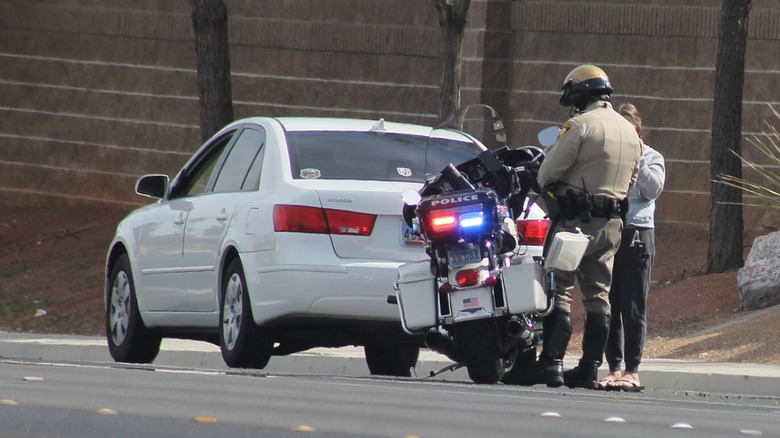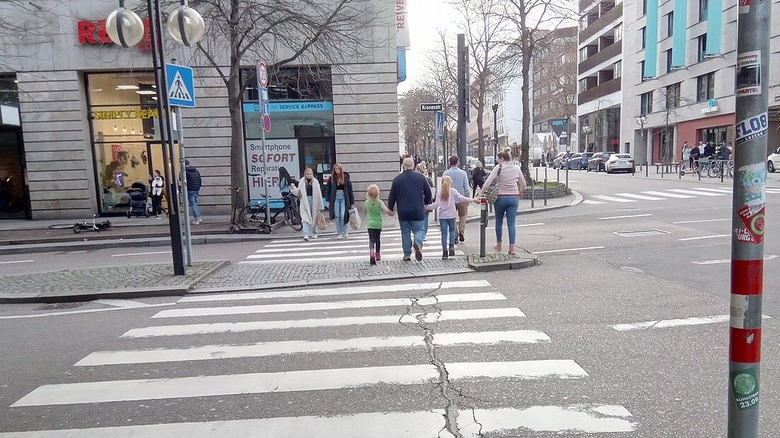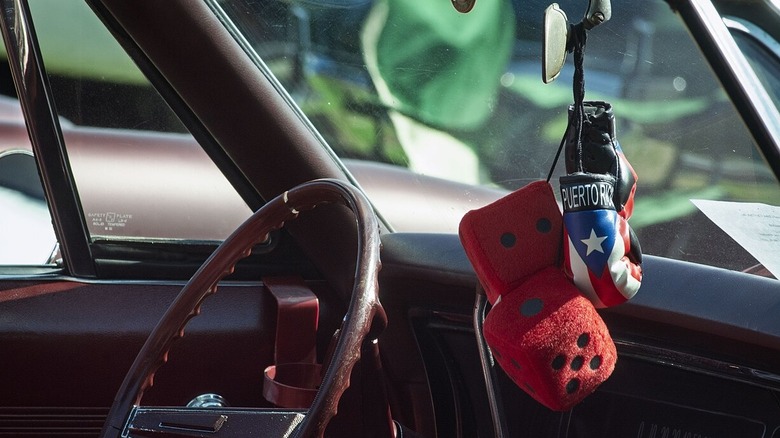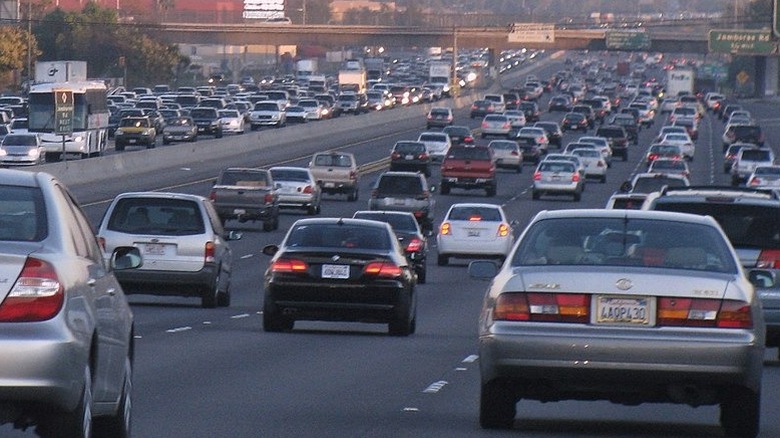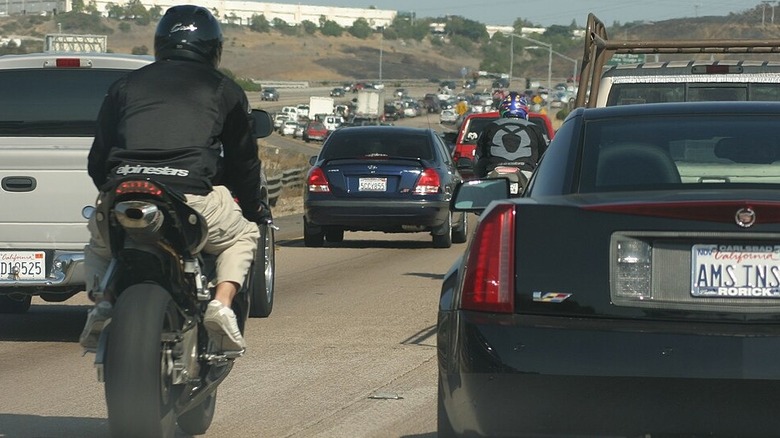4 Weird California Traffic Laws That Still Exist
If you've ever been on an epic cross-state trip, then you've probably come across specific state traffic laws that got you questioning their legitimacy. In the United States, California is one of those states with the weirdest traffic laws. But here's the truth: Not every strange traffic law you hear about the Golden State is real — some of these odd laws are widely circulated myths with no official law or municipal code backing them up.
You've probably heard that in Arcadia, California, Peacocks have the right of way, even while crossing driveways. Well, the truth is, while most drivers would instinctively slow down and let a flock of the feral peafowl cross the road, neither Arcadia's official municipal code nor the Municode library contains any provision granting the gracious birds the right of way. If anything, California has a Peacock problem due to growing populations, noise, and property damage. Still, the community in Arcadia is generally mindful of them.
There's also one that prohibits women from driving in housecoats (house-robes), and has even been picked up by "law" blogs that don't cite any official legal code or authority. Still, that doesn't mean that strange traffic laws don't exist in the Golden State. We've listed down a few, and for verification, paired them to their respective California ordinances.
Daylighting Law – no parking near crosswalks
Drivers in California (as of January 1, 2025) are prohibited from stopping, standing, or parking within 20 feet of the approach to a crosswalk (15 feet in case there is a curb extension) even if there is no curb or sign. On two-way streets, the restriction is on the right side, and on one-way streets, both the left and right curb zones within the specified distance apply.
Before 2025, some jurisdictions in California issued warnings, but as of January 1, 2025, citations may be issued to offenders even where no markings exist. This traffic law was implemented to improve bicyclists' and pedestrians' visibility, keeping crosswalk approaches clear.
Is it really weird? Well, this brand new law seems invisible to drivers — literally. If you are a seasoned driver, then you're accustomed to looking out for posted signs or painted curbs to know where parking is restricted. Now, here's where things get a little confusing. In some cases, the illegal parking zone only exists in the measuring tape inside the officer's trunk. In case you park too close to the crosswalk, you could get fined, impacting your driver's license points – even if nothing on the street visibly warns you of the exact spot.
No obstructions on your windshield
It goes without saying that obstructing your view on the road could lead to a safety hazard, reducing the driver's visibility. In California, the law goes into detail stating that drivers should not attach any object to the windshield or side mirrors that may obstruct the driver's clear view. We are not sure if this specific law also applies to car hood ornaments. There are a few exceptions, though, including toll tags or tiny parking permits in certain spots.
Most drivers spend a lot of time in their vehicles, and it's not uncommon to personalize their space with figurines. Furthermore, it's also commonplace to find fuzzy dice, giant air fresheners, and graduation tassels dangling under rear-view mirrors. For most drivers, they are harmless. But in California, you might get pulled over. Still, it is a traffic law that lives in the gray zone, and depending on who stops you, they might let it slide.
According to California Vehicle Code 26708, this law is on the books and is enforceable. Therefore, if you happen to cross through California with your favorite Star Wars figure on the dash, pull it down until you've crossed over.
Illegal to pour salt on a road in Hermosa Beach
You could get in trouble with authorities in Hermosa Beach, California, if you spill or pour salt (common, rock, or salt brine) on any public street within the city. According to the city code under "Public Peace, Morals and Welfare," it is unlawful to spill, drop, pour, or place salt on the road.
At face value, banning salt on the road sounds a little bizarre. Most Americans associate road salt with safety and not danger. In most cold climates around the world, including the United States, salt is added to icy roads by local authorities as a safety procedure.
However, Hermosa Beach, a coastal city in Southern California, almost never experiences any snow. The local authority's concern is that salt corrodes asphalt and pavement, weakening the surface. Salt also accelerates rust in vehicles and is especially problematic in coastal regions. Therefore, as absurd as this law might feel to non-residents, the "no salt on the roads" rule is really a pavement protection measure unique to the Southern California beach city that doesn't require winter de-icing.
Lane Splitting is legal for motorcycles
In California, motorcycles are legally allowed to ride between lanes of stopped or slow-moving traffic. There's a lot of confusion about lane splitting and lane filtering among riders in the United States — and in some states, it exists in a legal gray area. Still, California is the only state that explicitly allows full lane splitting, allowing riders to move between moving traffic. Other states that allow some form of this bike maneuvering practice only allow lane filtering, which is a milder version of lane splitting.
So, why is it weird? Well, this motorcycle traffic maneuvering cheat is banned in almost every other U.S. state. California not only permits it but also defines it in the code, flipping the script on what most drivers feel is reckless riding. The Department of the California Highway Patrol has even gone a step further and prepared some guidelines to help riders lane split safely.
